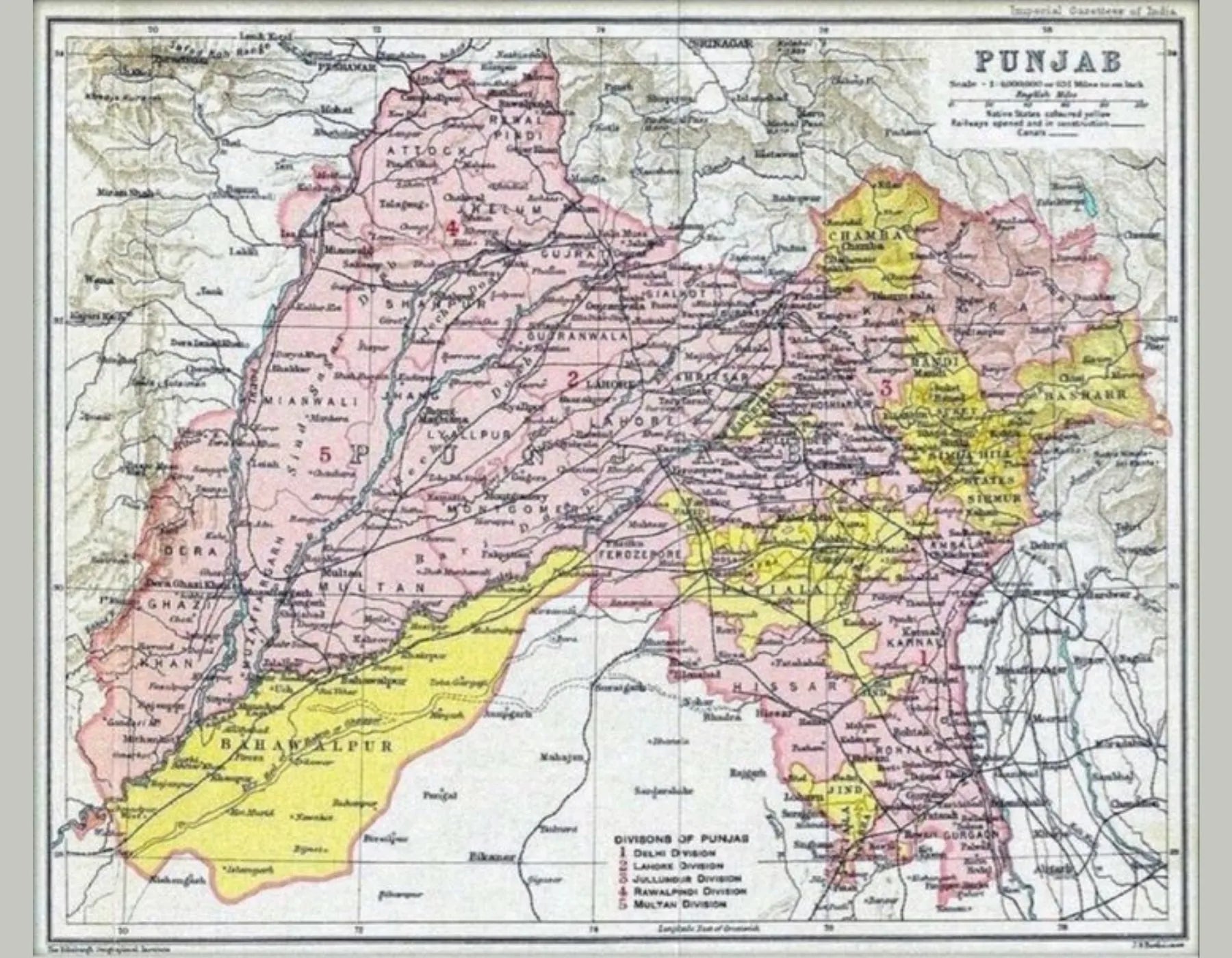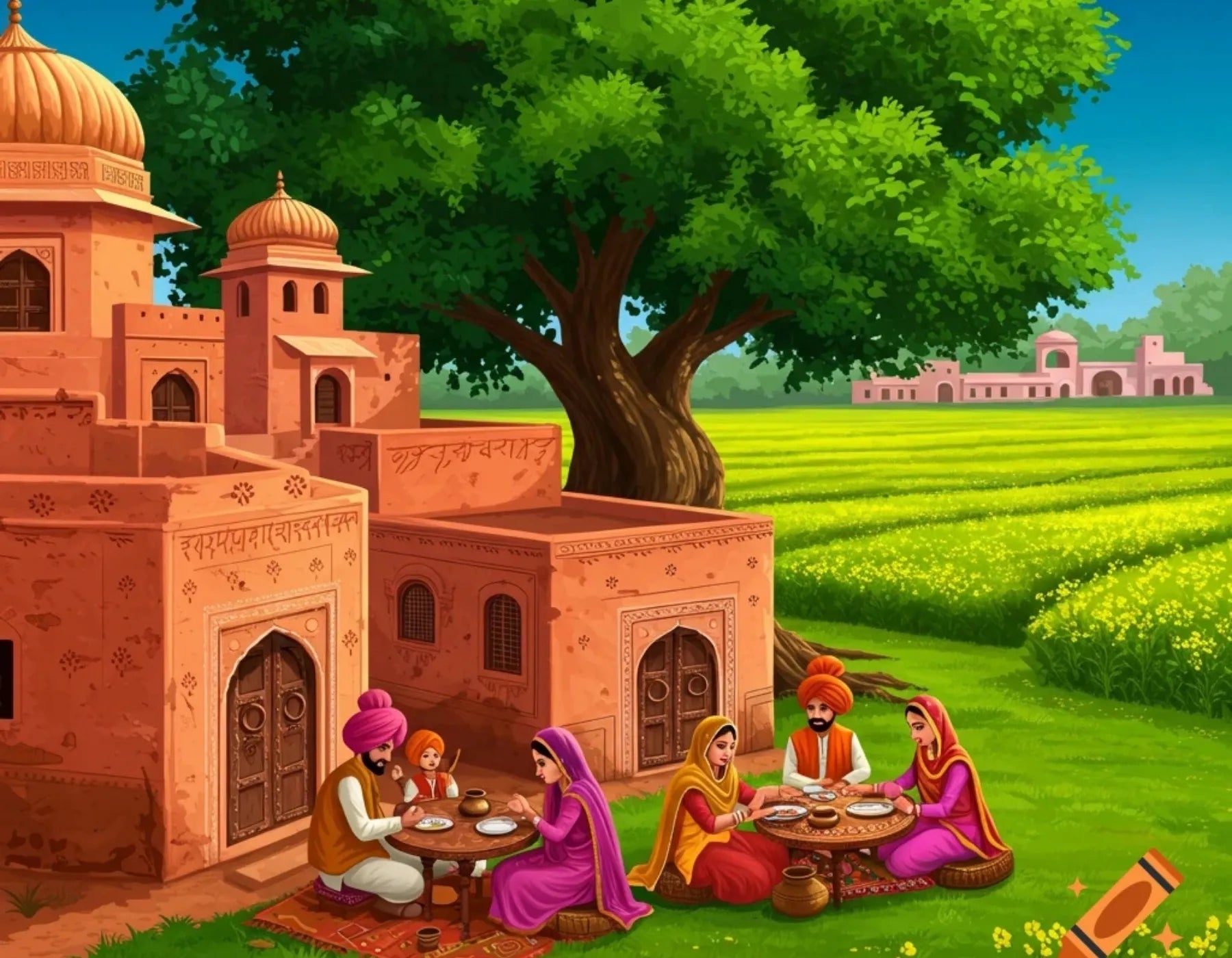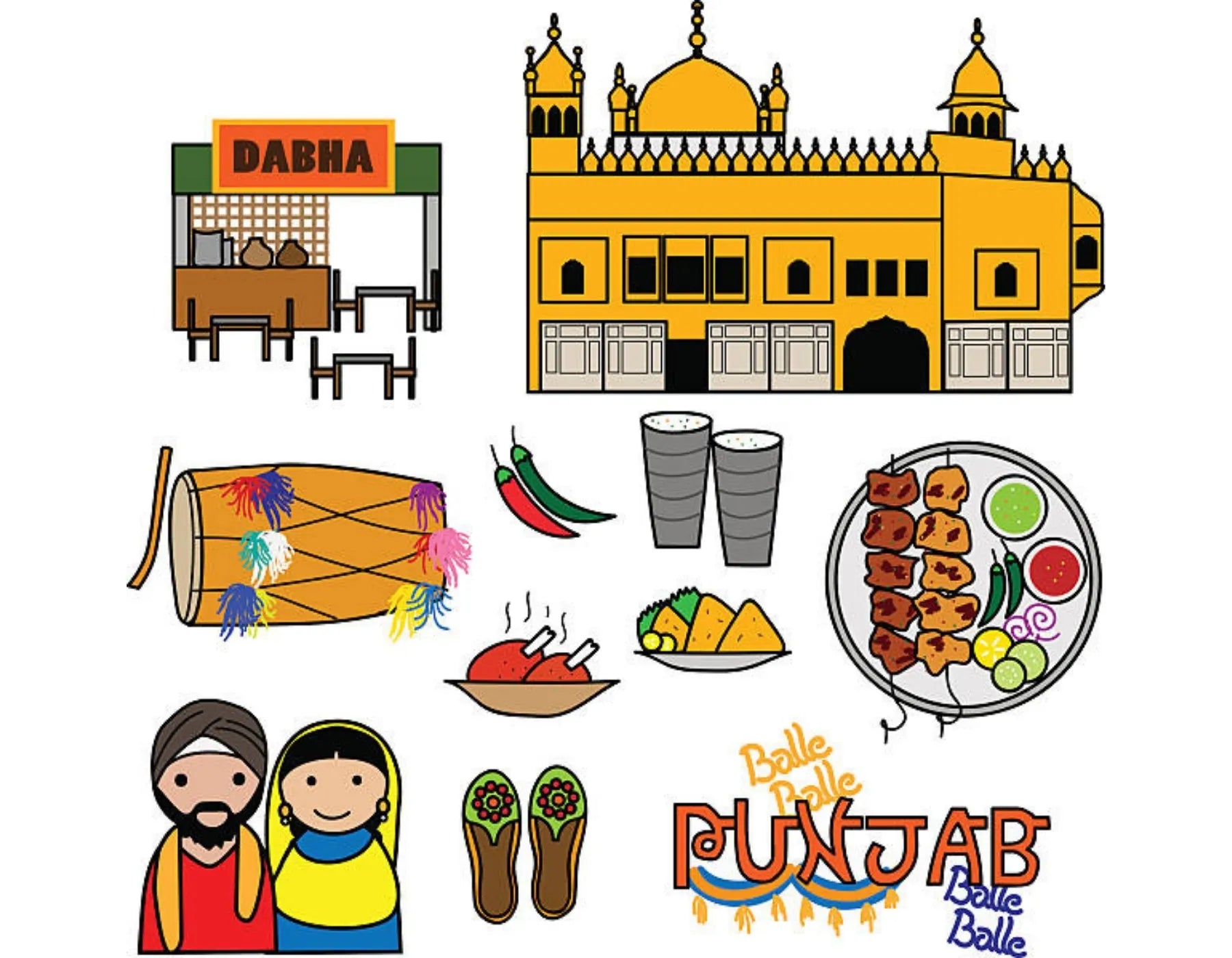
The Real History of Punjab Before 1947
Introduction to Punjab’s Ancient Roots
The history of Punjab before 1947 is one of the richest and most complex in South Asia. Punjab, derived from the Persian words panj (five) and āb (water), refers to the land of five rivers: the Jhelum, Chenab, Ravi, Beas, and Sutlej. This fertile region has been the cradle of civilizations, the battlefield of empires, and a melting pot of cultures, languages, and faiths for millennia.
The Indus Valley Civilization and Early Settlements
One of the world’s oldest urban civilizations, the Indus Valley Civilization (2600–1900 BCE), flourished in Punjab’s western regions, particularly around sites like Harappa, located in modern-day Pakistani Punjab. The Harappan people built advanced cities with grid patterns, drainage systems, and thriving trade networks. Artifacts suggest a sophisticated society involved in metallurgy, pottery, and script development.
Following the decline of the Harappan civilization, the region saw waves of migrations, most notably by the Aryans, who introduced Vedic culture, the Sanskrit language, and early Hindu rituals into the Punjab plains around 1500 BCE.
Punjab in the Era of Mahajanapadas and Empires
By the 6th century BCE, Punjab was home to several Mahajanapadas (great kingdoms), including Gandhara and Kamboja. These states played vital roles in the evolution of early Buddhism and Jainism.
Punjab also featured prominently in the Achaemenid Empire (Persian Empire) under rulers like Darius I, who annexed the region in 518 BCE. This incorporation into a vast empire fostered cross-cultural exchanges between the Indian subcontinent and the Middle East.
Later, Alexander the Great invaded Punjab in 326 BCE, defeating King Porus at the Battle of the Hydaspes (Jhelum River). His brief occupation introduced Hellenistic influences and left behind Greco-Indian kingdoms, notably the Indo-Greek Kingdoms, which would persist for centuries.
Mauryan and Gupta Influence in Punjab
After Alexander's departure, Chandragupta Maurya of the Mauryan Empire took control of Punjab, unifying it under a centralized administration. His grandson, Emperor Ashoka, spread Buddhism throughout the region, evidenced by Buddhist stupas and edicts discovered in Punjab.
Centuries later, the Gupta Empire (4th–6th century CE) brought a renaissance of Hindu art, science, and literature. While the Guptas had limited direct control over Punjab, their cultural influence was significant.
Invasions and the Rise of Islam in Punjab
From the 7th century onward, Punjab became a gateway for Islamic invasions. Notable among them was Mahmud of Ghazni, who launched numerous raids into Punjab from 1000 CE onward, targeting cities like Lahore and temples such as Somnath.
In 1192, Muhammad Ghori’s victory over Prithviraj Chauhan in the Second Battle of Tarain led to the establishment of Delhi Sultanate control over Punjab. Under the Sultans and later the Mughals, Punjab flourished as a cultural and trading hub, especially Lahore, which became a center of Islamic learning, Sufi mysticism, and Persian-influenced architecture.
Birth of Sikhism and Sociopolitical Shifts
In the 15th century, Guru Nanak Dev Ji was born in Nankana Sahib (now in Pakistan) and began preaching a path of spirituality, equality, and social reform, laying the foundation of Sikhism. His successors institutionalized the faith, culminating with the tenth Guru, Guru Gobind Singh Ji, who militarized the community into the Khalsa to resist Mughal oppression.
This period marked a major socio-religious transformation in Punjab. Sikhs, Hindus, and Muslims coexisted, but growing tensions and Mughal persecution of Sikhs led to numerous conflicts, including the martyrdom of Guru Arjan Dev and Guru Tegh Bahadur.

The Sikh Confederacy and the Rise of the Khalsa Raj
After the decline of Mughal authority in the 18th century, Punjab experienced chaos and decentralization. This allowed for the rise of Sikh Misls (confederacies), which were eventually unified by Maharaja Ranjit Singh in 1799.
Under Ranjit Singh, the Sikh Empire was established, encompassing a vast territory from the Khyber Pass to the Sutlej River. Lahore became the capital. His rule was marked by religious tolerance, military innovation, and cultural patronage. Hindus, Muslims, and Sikhs served in his administration. His army was one of the most powerful in South Asia, including modern artillery and European-trained officers.
British Annexation and Colonial Punjab (1849–1947)
After Ranjit Singh’s death in 1839, internal power struggles weakened the Sikh Empire. The Anglo-Sikh Wars (1845–1846 and 1848–1849) resulted in the annexation of Punjab by the British East India Company in 1849.
The British reorganized Punjab into a modern province. Canal colonies were developed, transforming agriculture. Lahore, Amritsar, and Rawalpindi became administrative and military centers. The British recruited heavily from Punjab, especially Sikhs, Muslims, and Dogras, into the British Indian Army, making Punjabis a backbone of colonial military strength.
Educational institutions, such as Government College Lahore and Punjab University, were established. However, colonial rule also introduced racial hierarchies, land alienation, and economic exploitation, breeding discontent.

Punjab’s Role in Nationalism and Independence Movements
Punjab was a hotbed of anti-colonial activism. The Ghadar Movement, founded by Punjabi expatriates in North America, sought to overthrow British rule by force. The Jallianwala Bagh Massacre in 1919, where British troops killed hundreds of peaceful protesters in Amritsar, ignited national outrage.
Key freedom fighters from Punjab included Bhagat Singh, Lala Lajpat Rai, and Udham Singh, who inspired generations of Indians. Punjab also witnessed religious revivalism, including Arya Samaj and Tablighi Jamaat, further shaping the socio-political landscape.
Communal Tensions and the Partition of Punjab
By the 1940s, political divisions intensified. With the formation of the Muslim League, calls for a separate Muslim homeland gained traction. The Indian National Congress and Akali Dal vied for power among Hindus and Sikhs.
When India’s independence was announced, the partition of British India in 1947 split Punjab into East Punjab (India) and West Punjab (Pakistan). This violent and tragic partition led to the deaths of an estimated 1 million people and the displacement of over 10 million, making it one of the largest forced migrations in history.

Conclusion: A Legacy Etched in History
The real history of Punjab before 1947 is a tale of resilience, diversity, warfare, spirituality, and transformation. From ancient Harappan cities to Mughal palaces, from the Khalsa’s valor to colonial resistance, Punjab’s past is an intricate mosaic of cultures and power dynamics. It shaped not only North India and Pakistan but also left a profound impact on the subcontinent’s identity.

